Search Criteria
Products meeting the search criteria
Brand: Dionisio Zapatero
Dear friends, unfortunately, the second print run of the book has ended. We will provide additional information about the availability of the next print runManual of the Baratero Manual del baratero, o arte de manejar la navaja, el cuchillo ..
35.00€
Ex Tax:35.00€
Brand: Dionisio Zapatero
Navaja Francesa slipjointThese "queue de crotale" type navajas - "rattlesnake's tail", were produced in the 19th century by the workshops of Thiers (France) for the Spanish and Latin American markets. The navaja butt imitates the rattlesnake tail rattle.Closed: 185mmBlade: 140mm x 34 x 4mmSteel: st...
297.00€
Ex Tax:297.00€
Brand: Dionisio Zapatero
Navaja Francesa slipjoint 123 mmThese "queue de crotale" type navajas - "rattlesnake's tail", were produced in the 19th century by the workshops of Thiers (France) for the Spanish and Latin American markets. The navaja butt imitates the rattlesnake tail rattle.Closed: 153 mmBlade: 123 mm x 30 mm x 4..
290.00€
Ex Tax:290.00€
Brand: Dionisio Zapatero
Navaja Paternera engravedThis type of the "sheepfoot" blades with a small modifications was popular in South Spain - mostly in Andalucia. Also is known as MarineraClosed: 170mmFull length: 289mmBlade: Tool alloy steel 150Cr14.Dimensions: 121 х 36 х 4 mm. Hardness: 60 HRCFull ..
335.00€
Ex Tax:335.00€
Brand: Dionisio Zapatero
Navaja Sevillana Isabelina 120 mmThis elegant type of navajas war typical for Sevilla in the second half of 19th centuryClosed: 173 mmBlade: Alloy tool steel 9 HS. Hardness: 60-61 HRCDimensions: 120 х 29 х 3,5 mmFull flat grindFinish: longitudinal hand sanding (satin)Spring in a shape of guitar. Han..
325.00€
Ex Tax:325.00€
Brand: Dionisio Zapatero
Navaja Sevillana stag 125 mmSevillian navaja Isabelina Aristocratica.Closed: 150mmBlade: 125 mm x 30 mm x 3,5 mmBlade steel: 150Cr14 alloy tool steel. Hardened to 60 HRCFinish: hand longitudinal sanding to 2000 gritFull flat grindSpring: st. steel 1.4034. Hand floral engravingLiners: st. steel 1.403..
325.00€
Ex Tax:325.00€
Brand: Dionisio Zapatero
Large French style navaja Sevillana Isabelina Aristocratica. The main difference between the Spanish and French types, is a use of liners na of the bolster and the butt from the solid piece of metal. Closed: 207 mmBlade: 175 х 29 х 4 mm. Alloy tool steel 150Cr14.Hardened to 60 HRC. Full fl..
380.00€
Ex Tax:380.00€
Brand: Dionisio Zapatero
Navaja Valero Jun carraca 157 mmNavajas "Valero Jun Zaragoza" were made in Thiers (France) in the second half of 19th century, mostly for the Spanish market.The main difference between the Spanish and French types, is a use of liners, and also the bolster and the butt from the solid piece of m..
395.00€
Ex Tax:395.00€
Showing 1 to 8 of 8 (1 Pages)

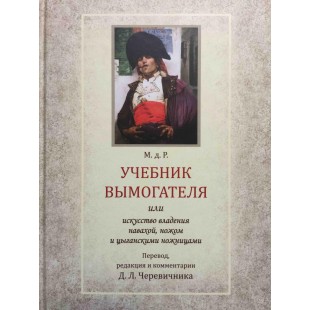
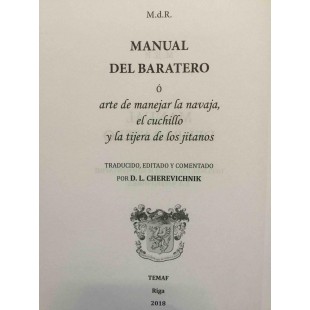
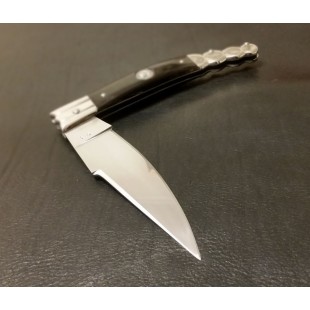
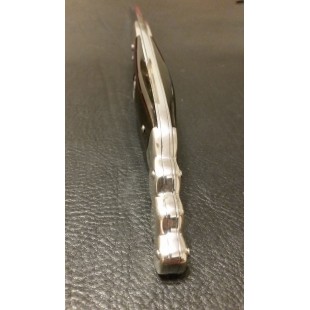
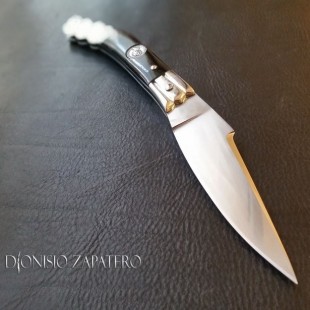
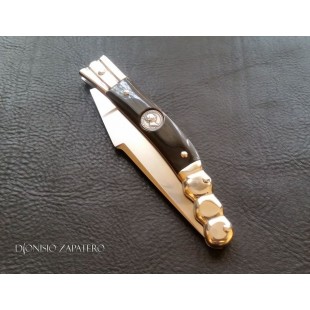
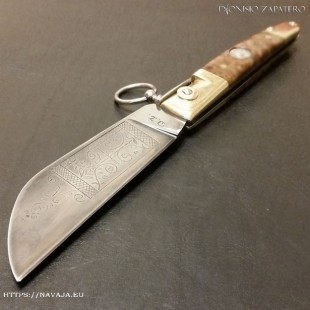
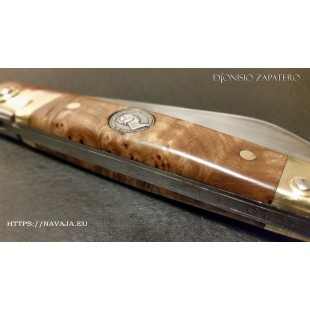
-310x310w.jpg)
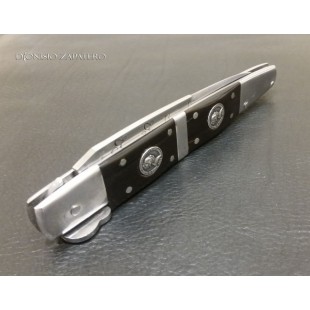
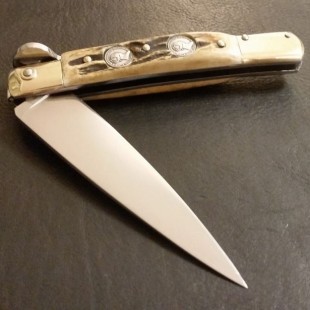
-310x310w.jpg)
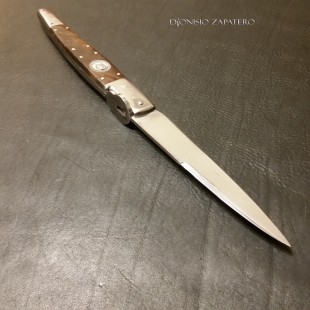
-310x310h.jpg)
-310x310.jpg)
-310x310w.jpg)